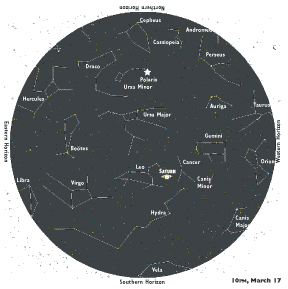All Hail the Rising Sun
With spring comes the return of light
This week the sun moves from a path below the equator to one above it, and on Tuesday, March 21, it hovers directly over the equator, equally dividing our hours of daylight and darkness.
That day, vernal equinox, marks the first day of spring in the Northern Hemisphere. We follow a long trail through history of celebrating this day of the changing seasons.
Since the onset of agriculture, our ancient forebears marked the spring equinox as an ideal time to plant seeds, and they used the autumnal equinox as a time for harvest. Relics of these traditions live on in lore and practice in gardens and fields around the world.
In Persia and Iran, the vernal equinox marks the beginning of the new year, Nowruz, in a 13-day celebration dating back more than 3,000 years. In Japan, the day of vernal equinox marks Shunbun no Hi, an official national holiday during which the people hold family reunions and visit family graves. Even the first Earth Day, in 1970, was originally celebrated on the spring equinox.
It’s one thing to recognize the days of equinox. But the astronomical insights of ancient cultures can be mind-boggling. In Egypt, the Great Sphinx directly faces the rising sun on equinox. At the Mayan pyramid at Chichén Itza, the movement of the sun during equinox creates the optical illusion of a snake slithering up and down the temple stairs. And in New Mexico, the Anasazi Indians errected boulders leaving a narrow crack through which shines the rising equinoxal sun.
Tidelog®
Illustration: © Copyright 1925 M.C. Escher/Cordon Art-Baarn-Holland; Graphics: © Copyright 2007 Pacific Publishers. Reprinted by permission from the Tidelog graphic almanac. Bound copies of the annual Tidelog for Chesapeake Bay are $14.95 ppd. from Pacific Publishers, Box 480, Bolinas, CA 94924. Phone 415-868-2909. Weather affects tides. This information is believed to be reliable but no guarantee of accuracy is made by Bay Weekly or Pacific Publishers. The actual layout of Tidelog differs from that used in Bay Weekly. Tidelog graphics are repositioned to reflect Bay Weekly’s distribution cycle.Tides are based on National Oceanic and Atmospheric Administration and are positioned to coincide with high and low tides of Tidelog.
